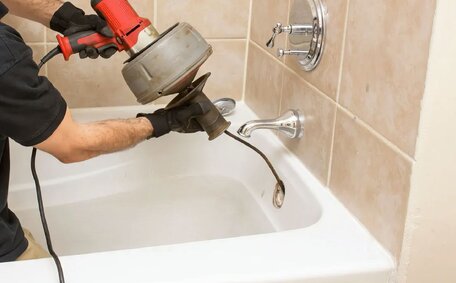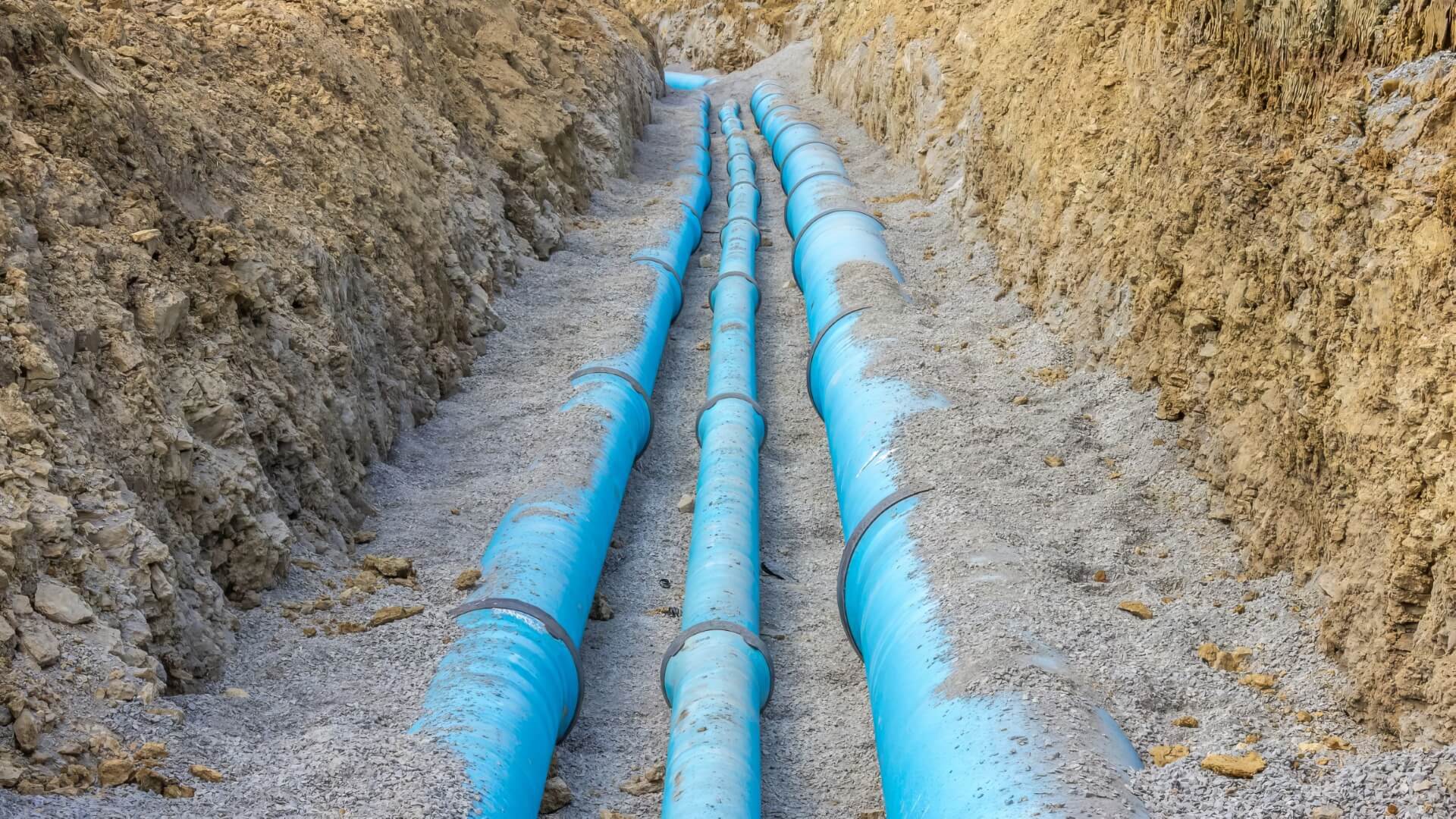Identifying the Source of the Toilet Noise or Leak
The first step in repairing a noisy or leaking toilet is locating the source of the problem. Follow these tips to diagnose and rectify running toilet issues:
- Listen for noises post-flush, including hissing by the seat, gurgling, or banging.
- Inspect the tank and surrounding area for visual signs of leaks, paying close attention to valves and the floor/walls.
- Observe the water flow during a flush cycle, listening for any unusual sounds from the toilet valve.
- Check the flapper, fill valve (float cup), and refill tube inside the tank for correct operation and fit.
- Shut the water supply using the shutoff valve behind the toilet tank to see if flushing noises persist. This test differentiates between toilet mechanic issues and in-wall plumbing problems.
Our Penshurst plumbers have the expertise to fix issues such as noisy or faulty toilets. Gaining knowledge on leak management is essential before starting any repairs to prevent further damage.
Common Causes of a Leaky Toilet
There are several common problems that can arise when toilet components fail:
- A defective flapper, no longer able to maintain a secure seal, can allow water to trickle slowly into the toilet bowl from the tank. This 'ghost flushing’ happens when water escapes into the overflow tube, especially during long periods of non-use.
- Cracks or holes from regular wear can cause an excessive rise in water level, often due to ageing or damage.
- A defective fill valve, usually owing to worn washers or incorrect adjustments, can create a high water level and subsequent plumbing issues.
- A common issue emerges with a loose, misaligned or impaired tank to bowl gasket, potentially able to damage your toilet through escaping water via the fastenings.
- Sediment build-up or deposits can impair your sealing mechanisms inside the tank, leading to malfunctions.
Should these worries resonate, especially if you wonder why your Penshurst commode makes noise upon use occasions disruption, our seasoned technicians stand ready to identify the fault and offer strategic solutions.
Common Sources of Noisy Toilet Sounds
Some common sources of toilet making noises include:
Water Hammer
Water hammer is characterised by a distinct banging or knocking in your pipes, usually worsening after a valve suddenly closes. Persistent problems could signal a defective fill mechanism. Water hammer arrestors can alleviate this by absorbing the pressure waves.
Hissing
Persistent hissing from a toilet typically signals a leak, often caused by a worn-out flapper that permits water to leak from the tank into the bowl. This can be resolved by replacing the flapper. Persistent hissing often occurs when tank water leaks into the overflow tube.
Gurgling
Gurgling sounds following a flush may suggest blocked vents or drainage issues, such as partial clogs or loose vent stack connections. This can also require cleaning or adjustments to plumbing vents. If you hear gurgling, our team can inspect your drainage layout and rectify the issue.
DIY Repairs for Leaky or Noisy Toilets
How to Adjust the Flapper Chain
A flapper chain that is too tight or loose can cause leaks and its resultant noise when the toilet is not in use. Adjust it using the following steps:
- Open the toilet tank lid and locate the flapper chain.
- Ensure appropriate slack in the chain to enable a proper flush when the flapper is sealed.
- Modify the chain length for correct slack, ensuring the handle and flapper function properly during a flush.
Replacing a Faulty Flapper
If tweaking the flapper chain doesn’t rectify the noise after flushing, turn the water supply off by closing the main water valve after flushing. Here’s how:
- Turn off the water supply valve and flush the toilet to empty any remaining water.
- Remove the old flapper from the chain if noises indicate a need for replacement.
- Install a matching new flapper in both size and shape. Reattach the chain, ensuring the right slack to avoid it slipping into the overflow tube when flushing.
- Turn the water supply back on after you replace the flapper and test operation several times.
Tightening Loose Connections
Inspect the connection between the tank and bowl, as well as other fittings within the tank, to ensure no leaks are present due to loose connections. Consider the following areas:
- Inspect the valve seal between tank and bowl. Tighten bolts gently if needed.
- Check washers and O-rings inside your toilet tank. Tighten the lock nut and screws if loose.
- After each flush, operate the flushing toilet cistern by triggering multiple times to confirm the leak has ceased.
When to Call a Professional Plumber
Although many leaking toilet issues can be tackled with DIY repairs, there are situations where the expertise of a plumber is necessary:
- A stubborn leak that persists, despite efforts to halt the water supply, can typify scenarios where a new toilet might be necessary due to noise, demanding extra scrutiny.
- Faulty valves, broken sensors or worn gaskets that make noise may necessitate the need to replace entire sections of complex internal parts.
- Significant cracks in the toilet tank or bowl.
- The quagmire of a toilet that keeps running water persistently even when the flow has been decisively turned off.
- Noisy banging or clunking sounds that could be symptoms of high water pressure or plumbing pipe irregularities.
- Noise when hissing, gurgling or vibrating sounds suggest blocked vents or drainage problems.
- Toilet overflowing while flushing.
- Sewage smell indicating a potential sewer line blockage.
- Substantial leaks leading to flood havoc, accompanied by strange noises, impacting your household.
If your toilet is making unexpected noises, our Plumbing Code-certified Penshurst plumbers can provide an accurate diagnosis and the right solutions for your toilet’s issues or any other plumbing needs.
With many years handling residential plumbing issues, we can swiftly fix your toilet dilemmas with efficiency and care.Don’t hesitate to give us a call on 1300 349 338 - we provide upfront pricing with full transparency and offer tailored solutions to suit every situation.
Preventing Future Leaks and Noises
Preventing future leaks and noises from your toilet involves regular maintenance and early detection of potential issues to avoid extensive repairs:
Conduct Visual Inspections
Conduct frequent visual inspections of your toilet to spot early signs of trouble, listen for unusual sounds, check the flush and refill functions, and look for moisture around the bowl and tank.
Clean the Toilet Regularly
Every few months, thoroughly clean your toilet inside and out to prevent mineral build-up that can compromise seals and cause leaks.
Inspect Toilet Components
Biannually, scrutinise your tank’s flapper, fill valves, floats, gaskets, and other parts. Replace loose, worn, or corroded parts, such as the float ball or flapper valve, to prevent leaks.
Have Professional Servicing
Book an annual toilet maintenance check with our licensed Penshurst plumbers. We’ll conduct leak tests, examine internal mechanisms of your water heater and tankless water systems, and adjust water levels to keep your system running optimally.
Contact us any time about new noises or leaks - early intervention for minor issues prevents extensive repairs down the track. Rely on our expertise to troubleshoot toilet noises and recommend solutions. For a maintenance check or to address your Penshurst toilet system concerns, call our Penshurst Plumbing team at 1300 349 338.






